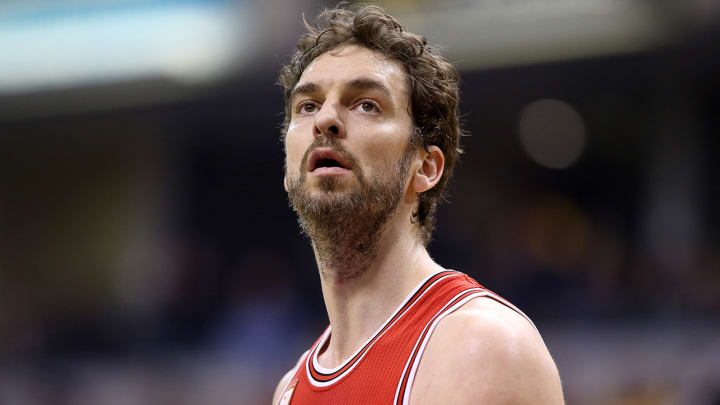41. Pau Gasol, C, Spurs

The bottom line with Pau is that his typical output, no matter its caveats, is genuinely special. Only other two other players (Kevin Garnett and Kevin Love) over the last decade of basketball have matched his scoring (16.5), rebounding (11), and assisting (4.1) averages in the same season. Typical bigs just don’t pass like Gasol. The league’s top rebounders don’t usually score like him, either, nor do the top scoring bigs rebound in such volume. Those box score stats don’t much account for Gasol’s limitations, though in an empirical sense they’re also largely unobjectionable. These are the facts of Pau—not without complication but also not without truth. Yet as with most in this range, Gasol can only be as effective as his circumstances allow. The wrong mix of players will crowd his space in the post or exacerbate his problems on defense. It’s a delicate balance; Gasol is functionally locked into playing center but needs a comprehensive interior defender to play alongside him. His desire to post-up also calls for a floor-stretching counterpart who can keep the lane clear. The combination of those needs makes for a difficult prescription. Building a decent team around Gasol shouldn’t be a problem. It’s building a great one that’s more of an issue, given the way his game has aged and the intersectional talent needed to bring out his best. (Last year: No. 40)
+ A focal-point playmaker who can both initiate offense and facilitate
+ Shot a Dirk-like 52.3% on catch-and-shoot jumpers last season
– Tall enough to contest at the rim but doesn’t move well defensively
– Starting is important to Gasol, even when his team would be best served by a bench role
